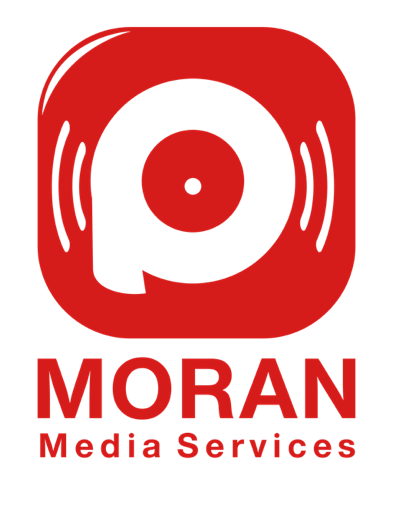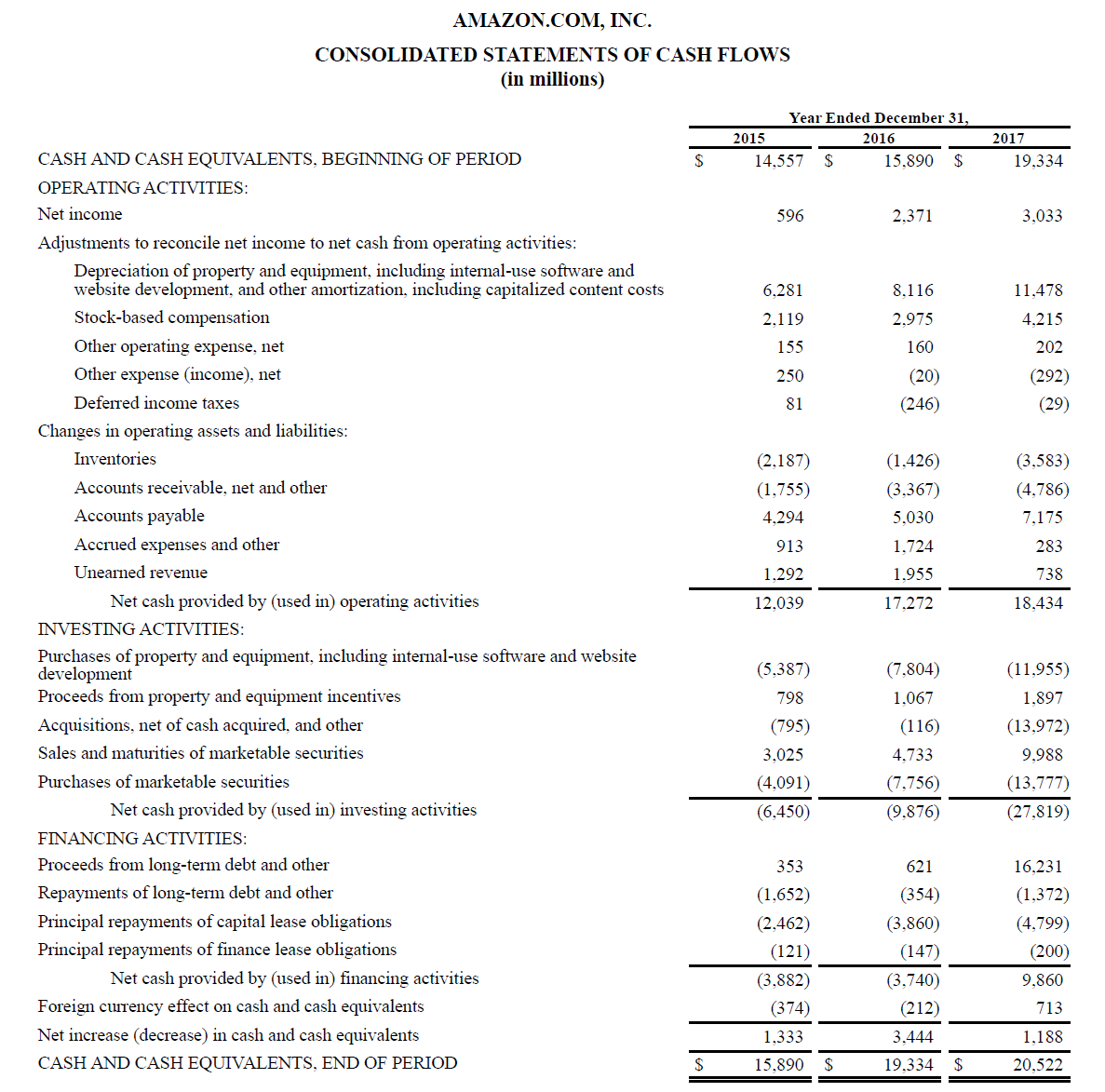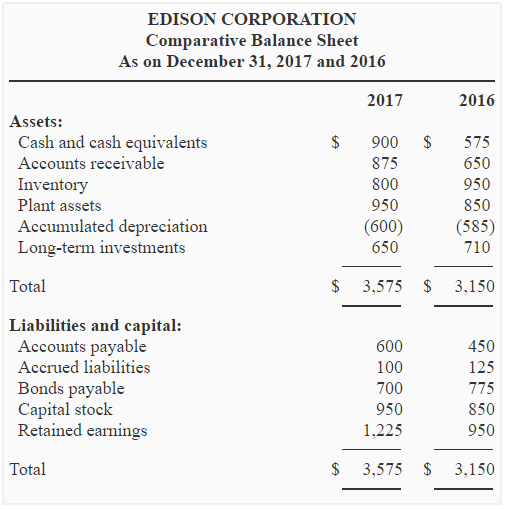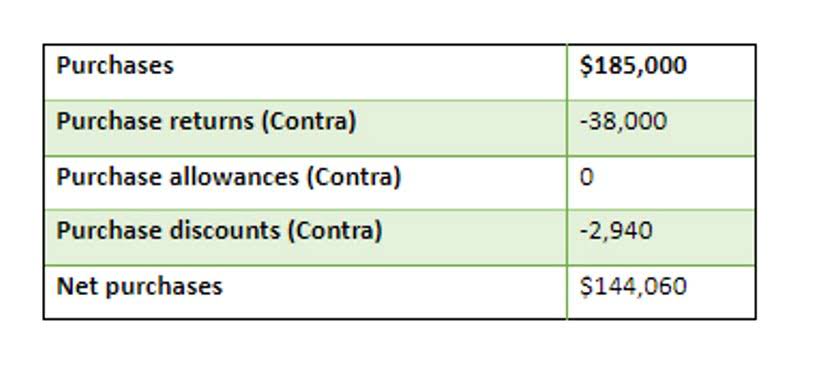How to Calculate FIFO and LIFO
On 2 January, Bill launched his web store and sold 4 toasters on the very first day. There you will find a handful of investing and business management tools that will definitely impress you. Notice how DIO would increase because of higher inventory and lower COGS, which is precisely what happens when we use the FIFO method during an inflationary period. For brands looking to store inventory and fulfill orders within their own warehouses, ShipBob’s warehouse management system (WMS) can provide better visibility and organization.
Other Valuation Methods
- Through the software, we get real-time insight into how much inventory to allocate to a specific warehouse, our current on-hand inventory levels, and how long each SKU is going to last by location.
- No, the LIFO inventory method is not permitted under International Financial Reporting Standards (IFRS).
- Then, since inflation increases price over time, the ending inventory value will have the bulk of the economic value.
- For example, those companies that sell goods that frequently increase in price might use LIFO to achieve a reduction in taxes owed.
- In the first example, we worked out the value of ending inventory using the FIFO perpetual system at $92.
FIFO is also an important costing and inventory valuation method used by accountants to determine tax obligations and understand cost of goods sold. In the FIFO method, your cost flow assumptions align with how the business actually operated in a given period. Theoretically, the cost of inventory sold could be determined in two ways. One is the standard way in which purchases during the period are adjusted for movements in inventory. The second way could be to adjust purchases and sales of inventory in the inventory ledger itself.
How does the FIFO method affect taxable profits?
The average cost is found by dividing the total cost of inventory by the total count of inventory. The opposite to FIFO, is LIFO which is when you assume you sell the most recent inventory first. This is favored by businesses with https://dndz.tv/dosug/index.php?cat=5cat_1=4id=678&cat_1=14&p=21&id=353 increasing inventory costs as a way of keeping their Cost of Goods Sold high and their taxable income low. Choosing—and sticking to—an inventory valuation method to measure these amounts is essential in keeping tax-ready books. We reconcile, review, and repeat until your finances are CPA ready so you don’t have to. First-in, first-out (FIFO) is one of the methods we can use to place a value on the ending inventory and the cost of inventory sold.
LIFO and FIFO: Financial Reporting
Later, she buys 150 more boxes at a cost of $4 each, since her supplier’s price went up. The average cost method produces results that fall somewhere between FIFO and LIFO. For example, a company https://www.kinodrive.com/celebrity/chris-casper-kelly-61140/ that sells seafood products would not realistically use their newly-acquired inventory first in selling and shipping their products. In other words, the seafood company would never leave their oldest inventory sitting idle since the food could spoil, leading to losses.
What is the biggest con of using the FIFO method?
The company then applies first-in, first-out (FIFO) method to compute the cost of ending inventory. This is used for cost flow assumption purposes, the method in which costs are removed from a business’s inventory and reported as the cost of sold products. FIFO is an assumption because the flow of costs of an inventory doesn’t have to match the actual flow of items out of inventory. So, which inventory figure a company starts with when valuing its inventory really does matter.
Although using the LIFO method will cut into his profit, it also means that Lee will get a tax break. The 220 lamps Lee has not yet sold would still be considered inventory, and their value would be based on the prices not yet used in the calculation. The costs of buying lamps for his inventory went up dramatically during the fall, as demonstrated under ‘price paid’ per lamp in November and December. So, Lee decides to use the LIFO method, which means he will use the price it cost him to buy lamps in December.
FIFO Calculator for Inventory
- Because the expenses are usually lower under the FIFO method, net income is higher, resulting in a potentially higher tax liability.
- Inventory is valued at cost unless it is likely to be sold for a lower amount.
- It’s also highly intuitive—companies generally want to move old inventory first, so FIFO ensures that inventory valuation reflects the real flow of inventory.
- The company will report the oldest costs on its income statement, whereas its current inventory will reflect the most recent costs.
- The average cost method is the simplest as it assigns the same cost to each item.
- During the CCC, accountants increase the inventory value (during production), and then, when the company sells its products, they reduce the inventory value and increase the COGS value.
However, companies like car dealerships or gas/oil companies may try to sell items marked with the highest cost to reduce their taxable income. However, please note that if prices are decreasing, the opposite scenarios outlined above play out. In addition, many companies will state that they use the “lower of cost or market” when valuing inventory.
Part 2: Your Current Nest Egg
But regardless of whether your inventory costs are changing or not, the IRS requires you to choose a method of accounting for inventory that’s consistent year over year. You must use the same method for reporting your inventory across all of your financial statements and your tax return. If you want to change your inventory accounting practices, you must fill out and submit IRS Form 3115. FIFO is calculated by adding https://novocherkassk.net/viewtopic.php?f=21&t=118512&start=15 the cost of the earliest inventory items sold.



